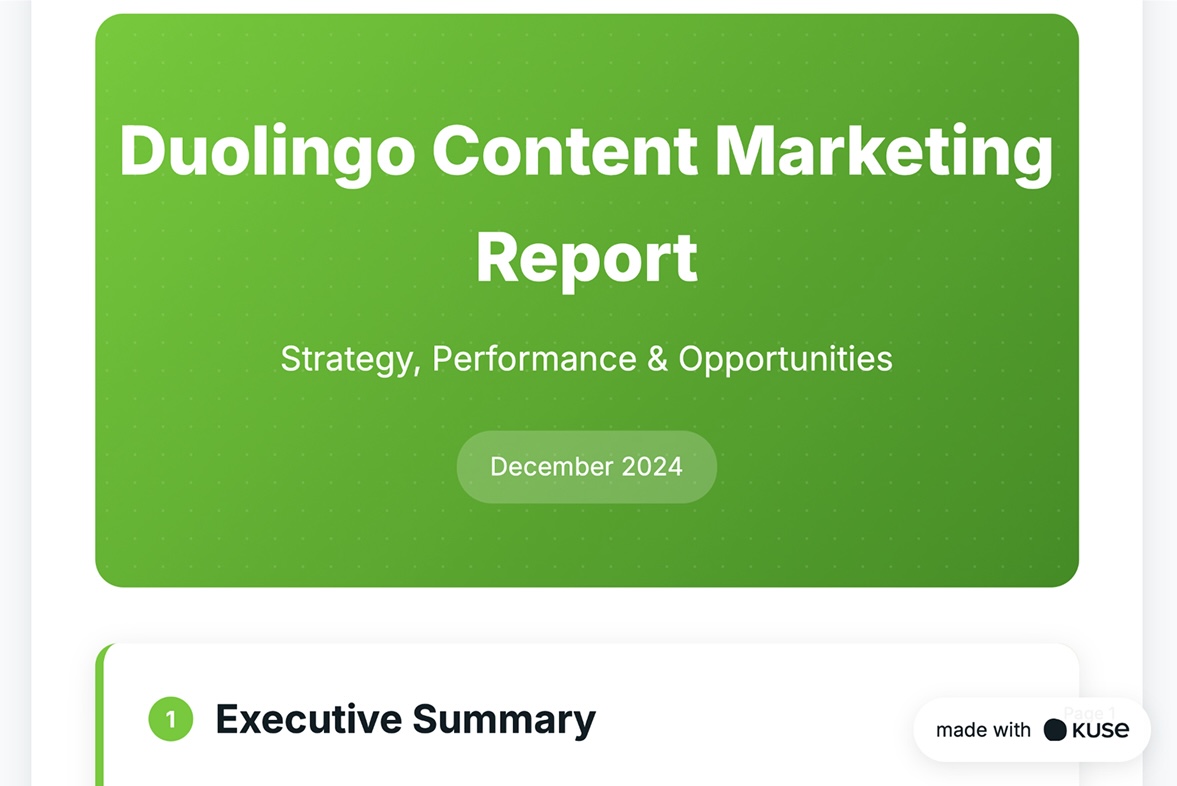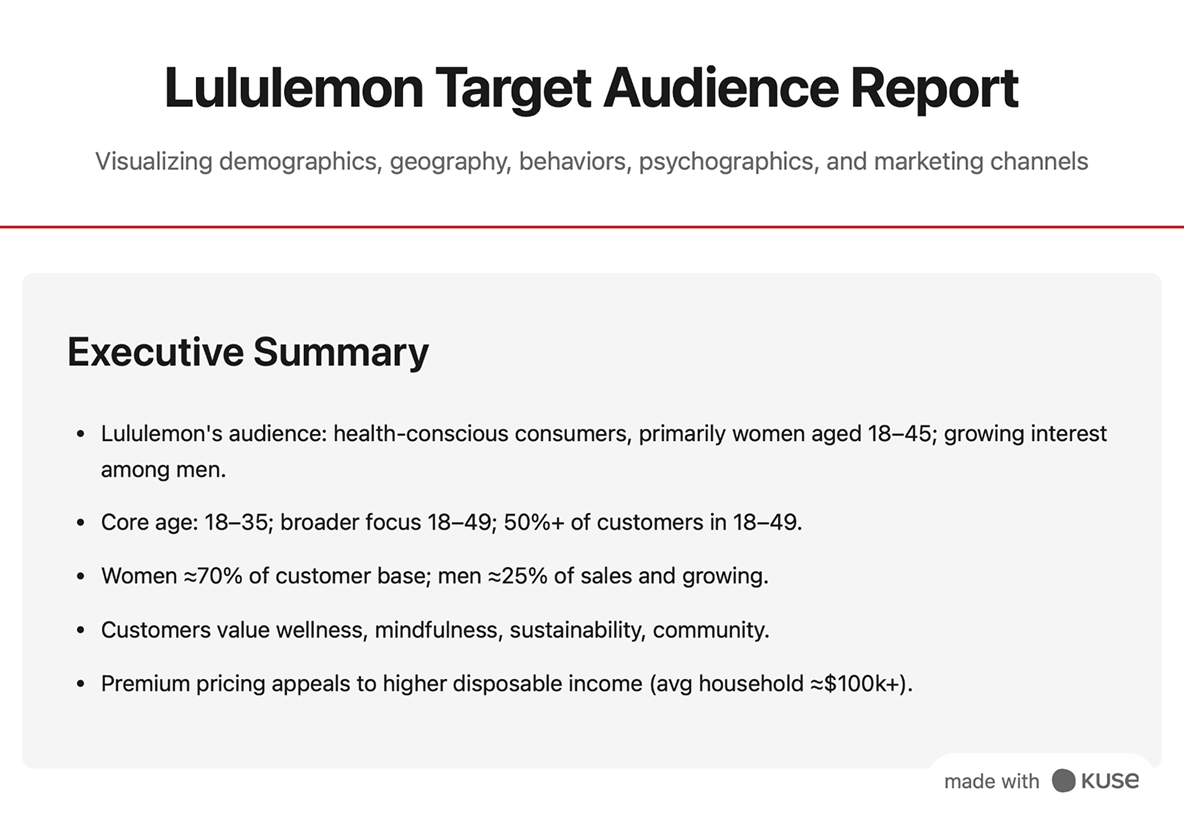From 0 Kitty Points to #1: How Kuse Launched on Product Hunt and Topped the Day
Kuse launched on Product Hunt and became #1 Product of the Day: discover the strategy, lessons, and real insights behind our viral AI workspace launch.
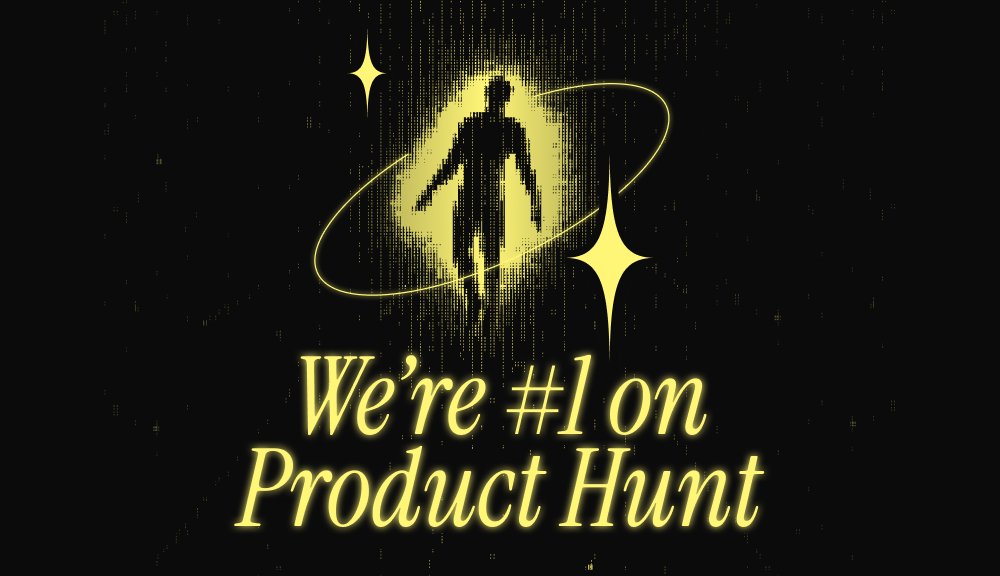
On August 15, after months of building, planning, and countless late-night calls across time zones, Kuse launched on Product Hunt, and ended the day as the #1 Product of the Day.Over 500 people upvoted Kuse within 24 hours. The founder of Product Hunt, Ryan Hoover, even dropped by our launch page to leave a comment. It was one of those surreal startup moments you never forget.
But behind that celebratory orange badge was a grind: weeks of prep, hundreds of micro-decisions, and a lot of lessons learned the hard way. Product Hunt is often treated like a marketing stunt, but in reality it’s a mirror. It reflects the strength of your product, the clarity of your story, and the depth of your community.
Here’s exactly how we approached our launch, what we learned from it, and what we’d do differently if we had to do it all over again.
What Is Product Hunt? Why Did We Launch There?
Product Hunt is a global stage for new product releases. Every day, makers launch their creations, and a community of technology enthusiasts, founders, investors, and curious early adopters upvote their favorites.
The benefits are clear:
Reach a worldwide audience of tech enthusiasts and potential early adopters
Gather authentic user feedback to validate ideas and improve the product
Acquire new users at zero marketing cost
Spark press coverage and social buzz around your launch
Attract attention from investors, collaborators, or even future teammates
According to Semrush, Product Hunt receives around 900,000 to 1 million monthly visitors, more than half from the U.S. and India - two of the world’s largest tech markets. And unlike many platforms, it’s completely free to launch.
So the question became: with free traffic, global reach, and a chance to validate our product in front of a high-impact audience, why wouldn’t we launch on Product Hunt?
How We Reached #1: Our Playbook
1. Make a Good Product (Everything Else Is Secondary)
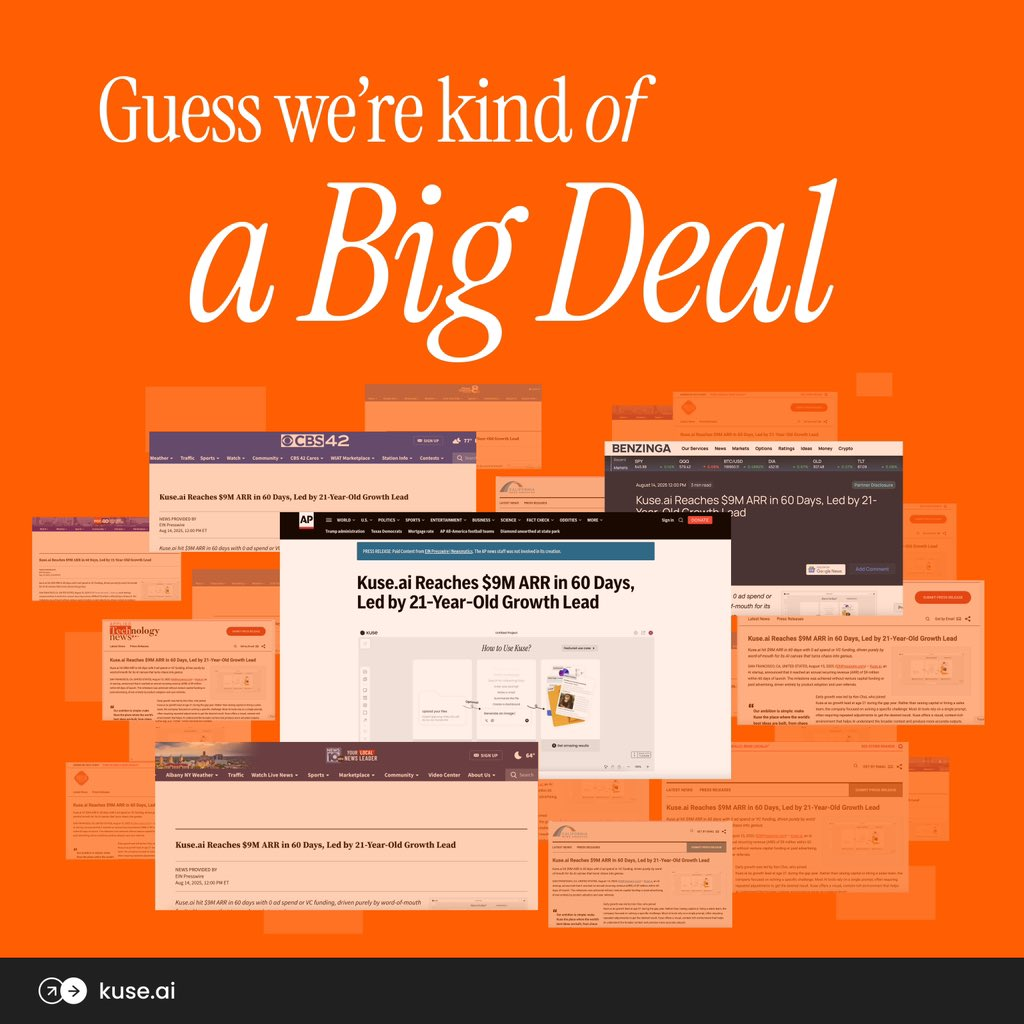
If there’s one lesson, it’s this: no launch strategy in the world can compensate for a weak product.
Product Hunt is just a stage. It’s a 24-hour spotlight. But what determines whether your product thrives long after that spotlight fades is simple: does it solve a real problem? Does it deliver real value?
With Kuse, we focused relentlessly on solving a real pain point: the chaos of working with scattered files and context. People are drowning in PDFs, slides, YouTube links, spreadsheets, and Kuse brings them all together into one intelligent visual workspace.
By the time we launched, users were already organically using Kuse every day. That traction made everything else easier, from writing our tagline to crafting the video, because we weren’t selling an idea. We were showing a solution that already worked.
2. Nail Your Launch Page (It’s More Important Than You Think)
If the product is the heart, your Product Hunt page is the face. It’s the first (and often only) chance you get to convince strangers why your product matters, not just for getting featured, but also for converting visitors into upvoters and users.
We treated our launch page like a product in itself. Every element, from the tagline to the screenshots, was debated, rewritten, and refined multiple times.
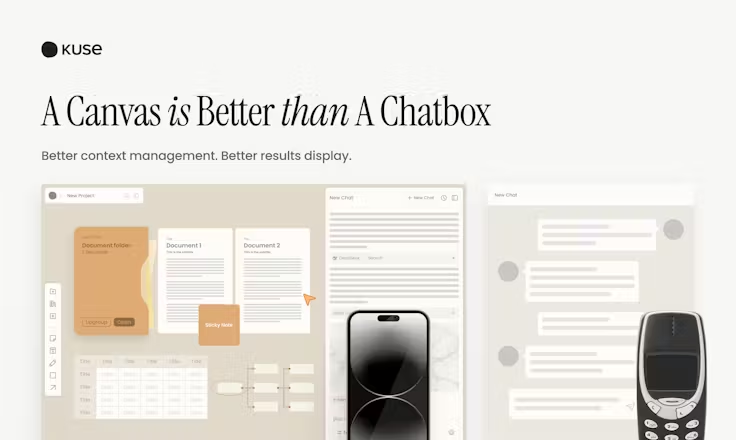
Tagline: It’s the hook. It must be clear, specific, and compelling in one sentence. Don’t get cute. Get precise.
Video: This is the make-or-break moment. Your video bridges the gap between curiosity and action.
Screenshots & images: Think of them as a visual elevator pitch. They should instantly communicate what the product does and why it’s valuable.
Founder comment: This is your chance to tell your story. Share the “why” behind what you’re building.
On the launch video part, we went all in. We hired a USC film student who directed three different versions before we landed on the final cut. It wasn’t just a demo; it was a story. A short film that captured the feeling of chaos before Kuse, and the clarity after.
That video became one of the most commented-on parts of our launch. It not only boosted our Product Hunt conversion rate, but also became a powerful asset we reused across social media, ads, and email campaigns.
3. Rally Your Army: Pull Every Lever You Can
Product Hunt isn’t a passive event. It’s a 24-hour battle.
Upvotes don’t magically appear. You have to go out and earn them. That means activating every possible channel:
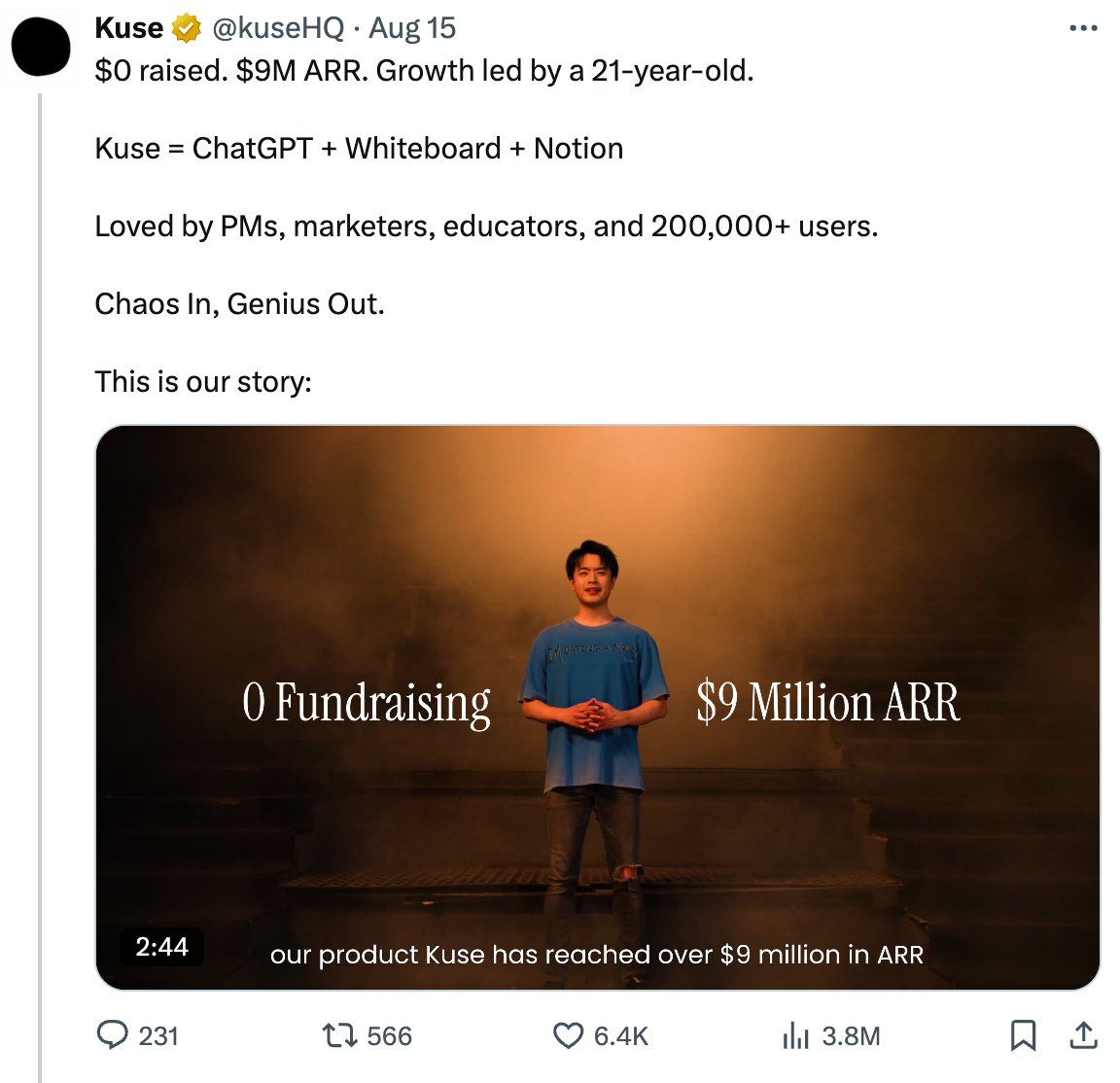
Social media: Announce your launch on X, LinkedIn, Threads, wherever your community lives.
Groups and communities: Niche Slack channels, Discord groups, and founder forums can make a real difference.
Personal networks: Friends, family, early users, ask them to support your launch.
We treated launch day like a marathon. Our team was split across different time zones, so we coordinated shifts to maintain momentum around the clock. Most teams see a surge in the first 6 hours and then fade. We aimed to keep our velocity consistent throughout the full 24 hours, especially during the “sleepy” hours when competitors often slow down.
This single tactic, sustained momentum, made a bigger difference than we expected. When many teams had gone quiet, we were still steadily climbing. That’s what ultimately pushed us to #1.
-> Track upvote velocity of all products launched the same day through this website: https://hunted.space/dashboard/kuse
4. Layer Campaigns for a Bigger Impact
One of the most effective strategies we used was stacking initiatives, combining Product Hunt launch with other marketing efforts happening at the same time.
For example, we coordinated with influencers to post about Kuse on launch day. That content brought new users into our funnel, some of whom ended up on our Product Hunt page. And the reverse was also true: the buzz from Product Hunt gave more credibility and visibility to those influencer posts.
We also aligned our email campaign and social media content calendar around the launch. The goal was to create a wave, not just a spike. When done right, the whole is much greater than the sum of its parts.
5. What Doesn’t Matter as Much as People Say
There’s a lot of advice floating around about what you “must” do to succeed on Product Hunt. Some of them are useful. Some of them, frankly, are overrated. Here are two myths we want to debunk.
Myth 1: You Need a High Kitty Score
A “kitty score” (your community activity score) is often described as crucial for getting featured. And while it can help, it’s far from a requirement.
Our founder accounts had 0, 0, and 3 points. And yet, we still got featured, and we still won.
The truth is, trying to game the system with fake engagement or artificially inflated accounts is risky. Product Hunt’s spam detection is strong, and if it suspects kitty engineering, you could lose your launch slot entirely. Focus your energy on building a strong product and a great page instead.
Myth 2: You Need a Famous Hunter
Another common piece of advice: “You must have a well-known hunter.” Again, not necessarily true.
A prominent hunter can sometimes boost your chances of being featured, but it’s not a golden ticket. If your product is compelling and your assets are strong, you can succeed without one.
In our case, we asked Siqi Chen, the advisor of Kuse, and the CEO of Runway, former CEO of Sandbox VR, and former GM of Zynga, to be our hunter. But here’s the interesting part: this was the first time he’d ever hunted a product on Product Hunt. And we still got featured.
The lesson? Credibility helps, but it’s not everything.
Final Thoughts: Beyond the Orange Badge
Winning Product Hunt isn’t a finish line. It’s a checkpoint.
The badge is a powerful signal, but what you do after launch is what truly defines your company. The real work — building, iterating, listening, growing, continues long after the upvotes stop coming in.
For us, the launch was more than a marketing event. It was a reflection of everything we believe about building products: solve real problems, tell your story clearly, and never underestimate the power of community.
If there’s one thing we hope this story shows, it’s that you don’t need perfect credentials, a viral hunter, or a 100-point kitty score to succeed. What you need is focus, persistence, and a product people genuinely care about.
Because at the end of the day, Product Hunt is just a mirror. And if you’ve built something meaningful, that mirror will reflect it back.


